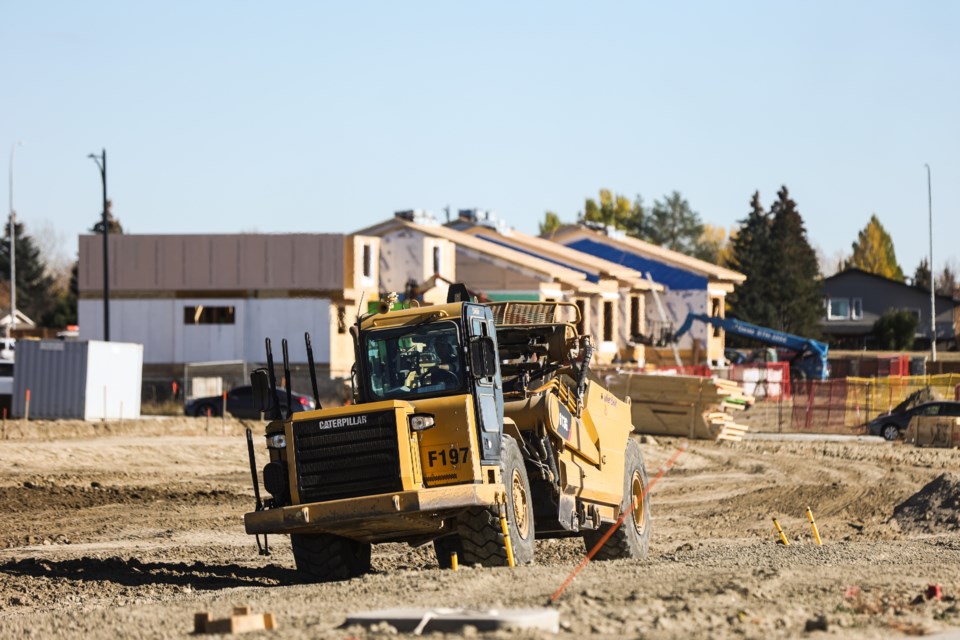If you’re not moving forward, you’re falling behind.
That common refrain is applied to many aspects of our lives, but for today’s purposes, let's look at it in terms of population growth, specifically what an increase could mean to a town’s livability, that hard to quantify ‘X’ factor that endears a place to its inhabitants.
People choose where they live for a variety of reasons, everything from employment and affordability to family and weather. Some like the big city, others prefer small towns, with many somewhere in between. Everyone has a different set of criteria.
But what happens when the place you pick starts to change, when it becomes something you find increasingly difficult to recognize? Do you try to stop unwanted growth, do you roll with the transformation, or do you pull up stakes in search of greener pastures?
I ask the question because as the population grows in places big and small throughout this country, the situation continues to rear its head, often pitting neighbour against neighbour, depending on where they fall on the growth spectrum.
My knowledge of Okotoks history is limited at best, but statistics show the town has more than tripled in population over the past 25 years. That’s a significant increase in a relatively short time, but as a newcomer, I think it has struck a nice balance, a mix of small-town charm with welcomed amenities, although if you were around a quarter-century ago, you might not agree with that assessment.
Mind you, I’ve found that old-timers, those who have lived in a place for decades, are often the ones most accepting of change, presumably because they’ve seen so much of it, whereas recent arrivals tend to be less inclined to embrace it, wanting instead to keep things pretty much as they found them.
I’ve long wondered whether there’s an ideal size for a town, a sweet spot where it’s big enough, but not too big, although if there were such a thing, I suspect it would have to be a malleable figure given the whole notion that if you’re not moving forward, you’re falling behind.
A 5,000- or 10,000-person town might well have had everything you needed a generation or two ago, but it’s unlikely to be able to make that claim today. From government services to retail offerings, so much is dependent on scale, so if a town isn’t keeping pace with the growth that’s taking place elsewhere, it’s likely to fall behind, at least in terms of amenities.
It would be nice to freeze a particular moment in time when everything lined up, but that’s not realistic, so it boils down to a choice between stagnation or rampant growth. That’s an obvious oversimplification as there are many shades of grey between those two extremes, but the closer you get to one or the other, the greater likelihood of significantly changing a town’s character.
The best approach, at least from what I’ve seen, is one of moderation, where some amount of growth keeps things vibrant but not so much the place becomes unrecognizable. It's moving forward just enough so you’re not falling behind.



